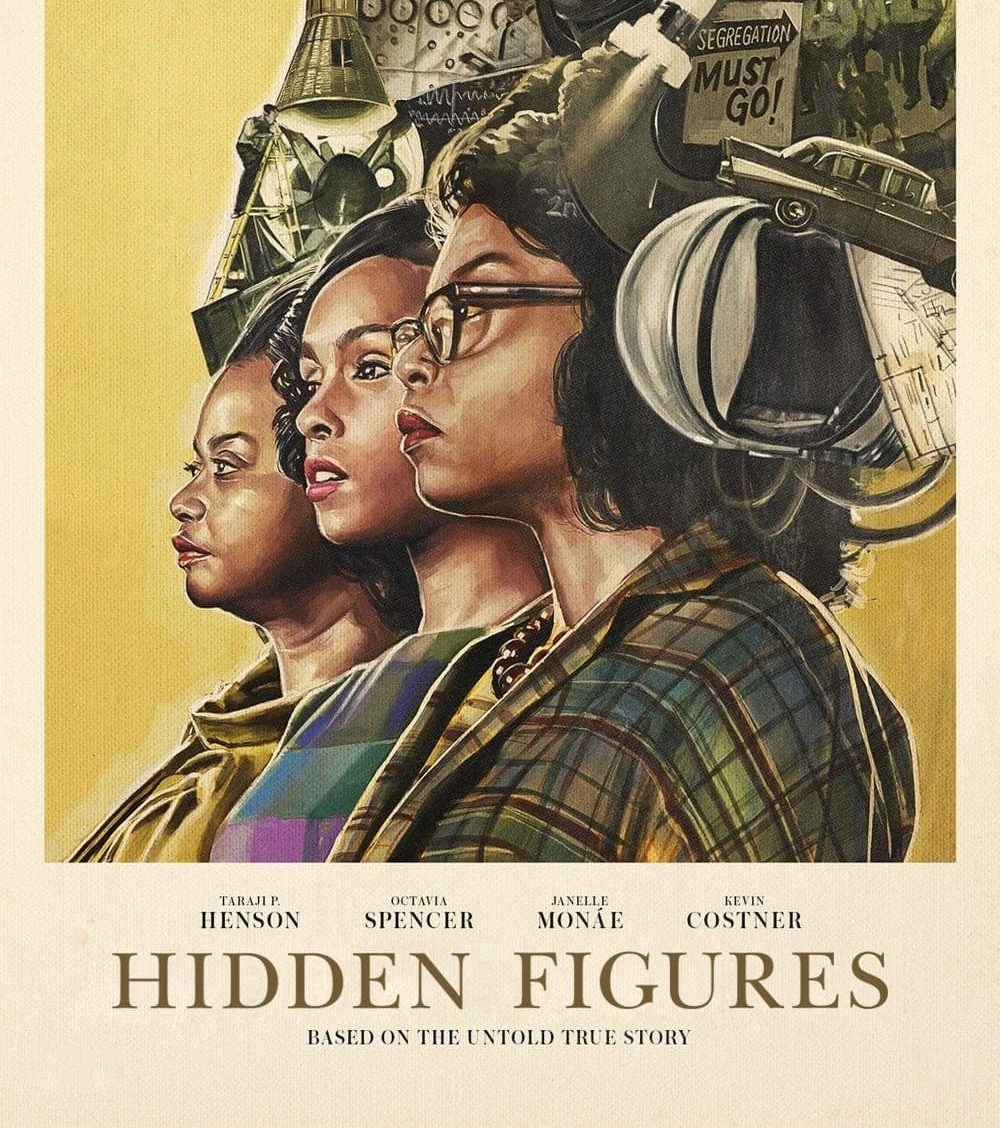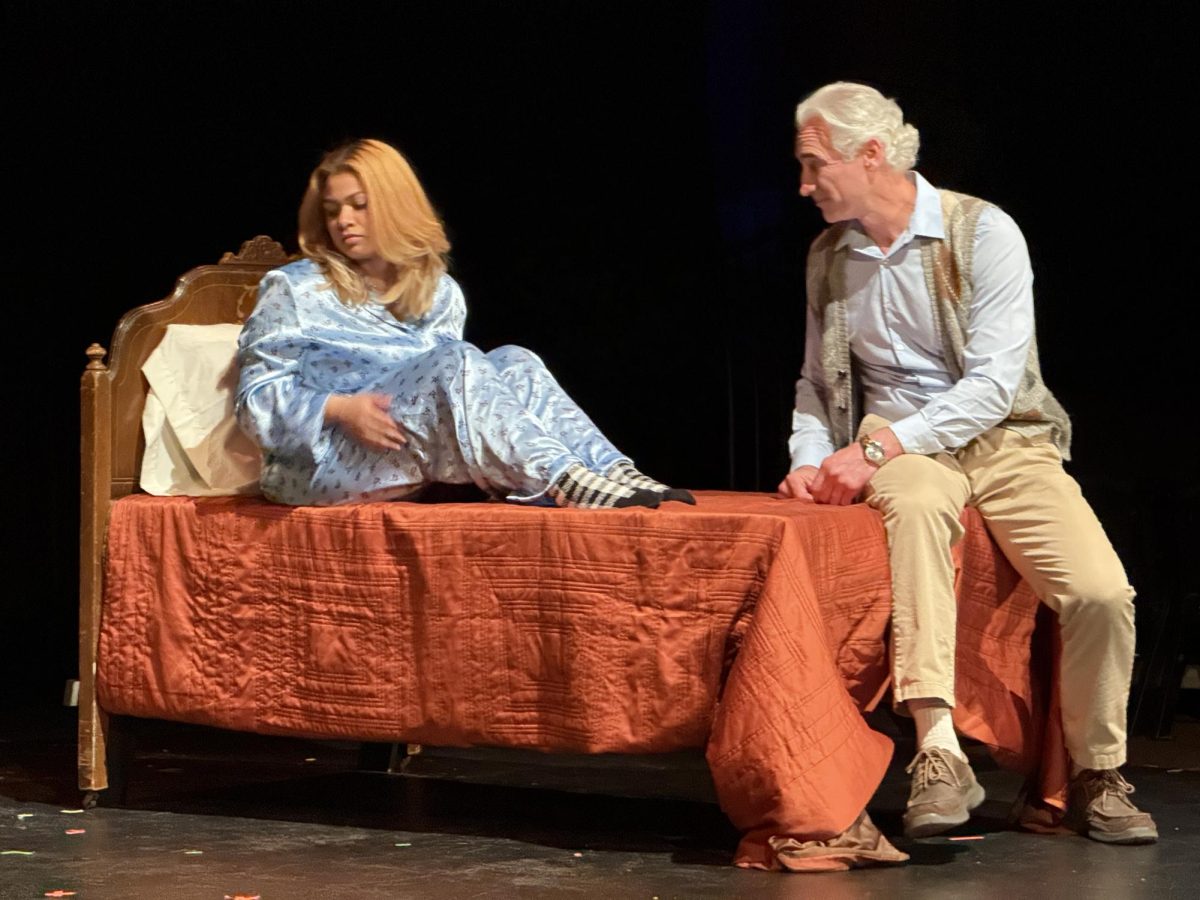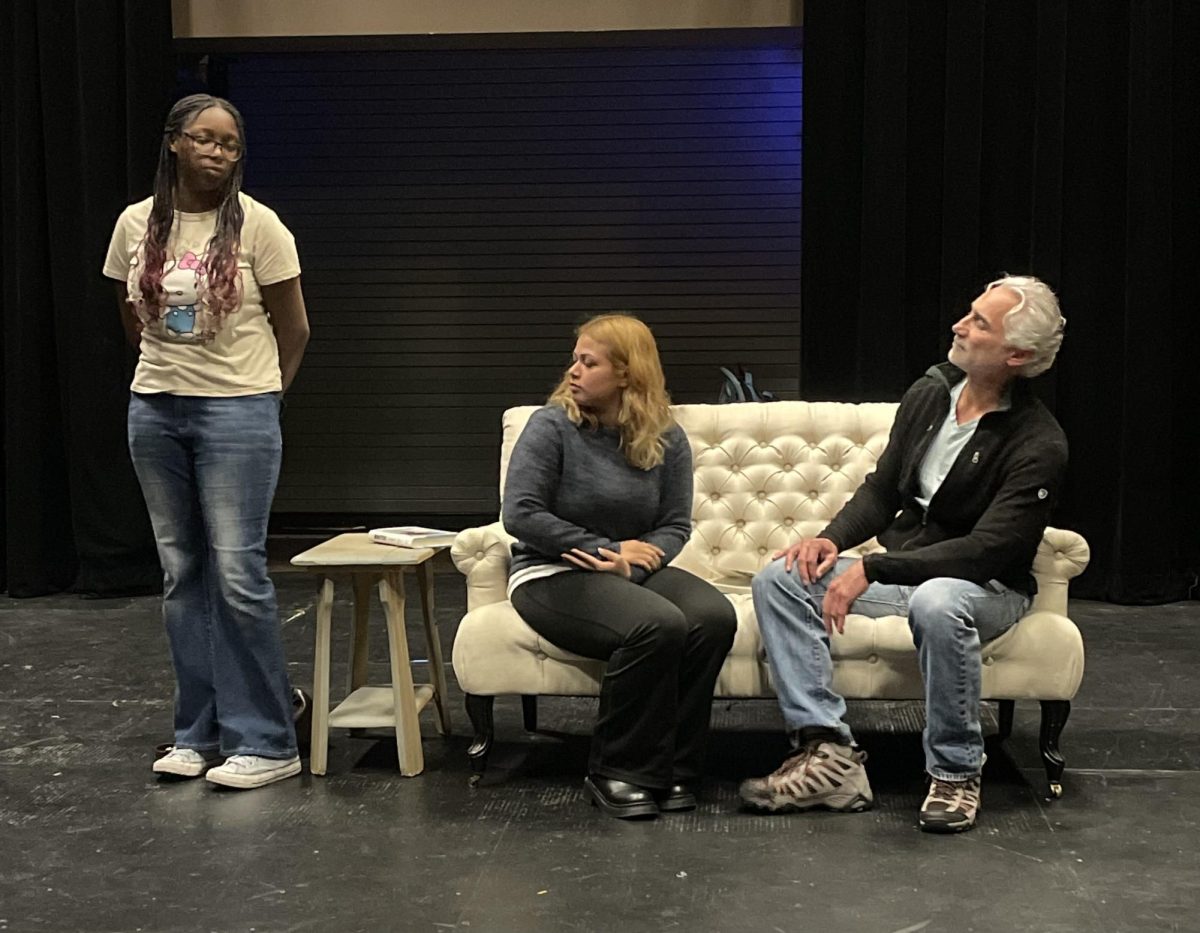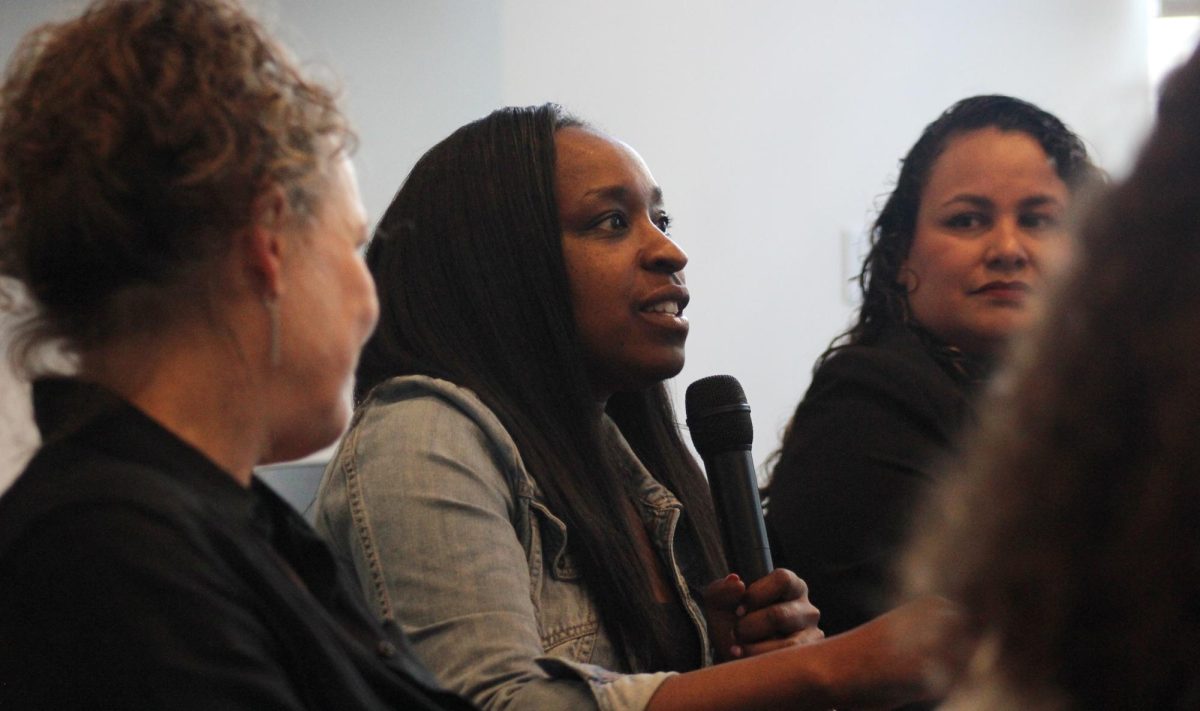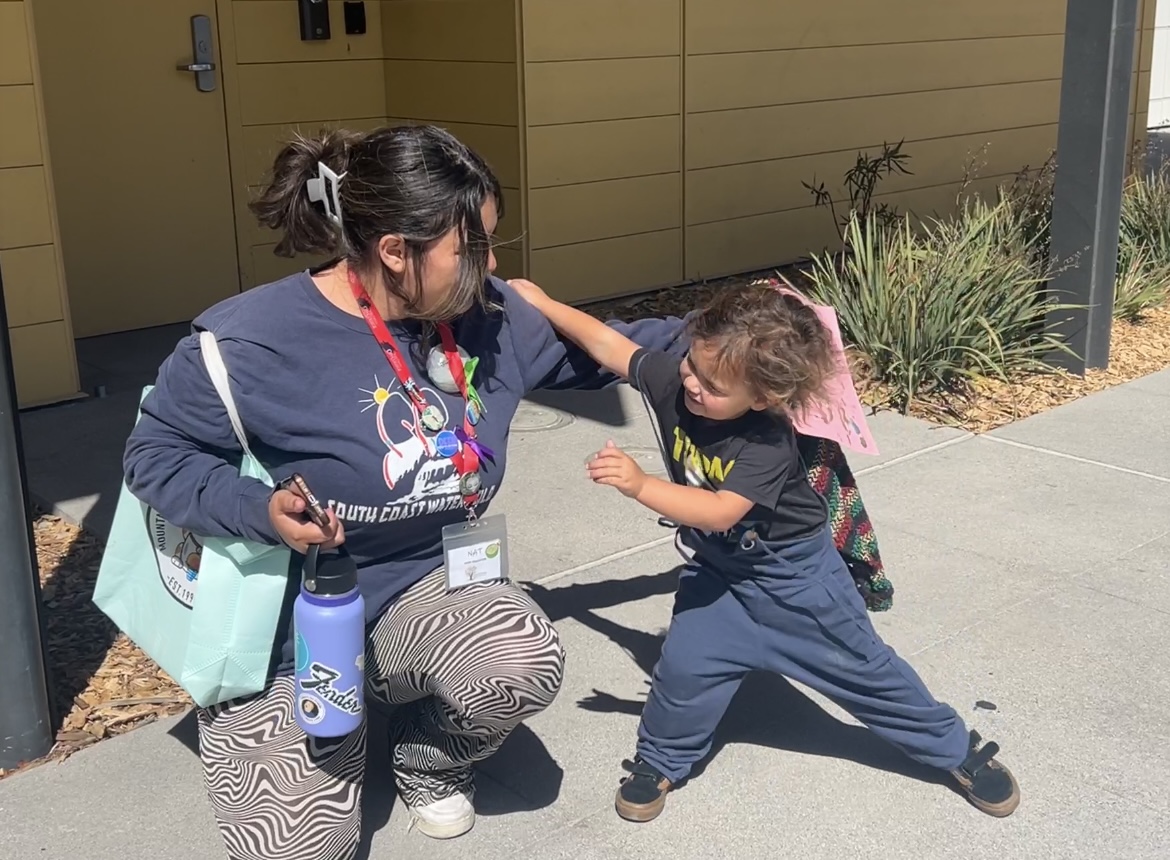In the 1960s, scientists and engineers at NASA worked tirelessly to construct a rocket and calculate how to send a human into space and return them to Earth unharmed. The peak of the Cold War meant both sides were trying to beat each other to the punch.
Other famous breakthroughs from both sides such as Sputnik-1, the first human-made satellite; the first man to return from orbit, John Glenn; and the Apollo missions are remembered for their impacts on the Space Race and the course of history.
What doesn’t get highlighted often is how three African American women from the NASA West Computing Group colored department contributed to the first successful astronaut mission.
Hidden Figures is about three African American NASA mathematicians assigned to help send a man into orbit. This film won three Oscars for Best Motion Picture, Best Adapted Screenplay and Best Performance by an Actress in a Supporting Role. Directed by Theodore Melfi, this 127-minute film tackles the Space Race and racial tensions of the Civil Rights Movement.
The main character is Katherine G. Johnson, played by Taraji P. Henson, a widow with three kids working at NASA’s West Computing Group colored department. She works with her two friends Dorothy Vaughan, the unofficial supervisor of the colored department played by Octavia Spencer, and NASA engineer Mary Johnson played by Janelle Monáe.
Through the viewpoint of the leading trio, we see the challenges of working at NASA as an African American.
When Katherine first joins the team working on the rocket launch, she’s mistaken for the janitor by one of the engineers. Another great example of a workplace blockage is when Mary tries to become an engineer she is unable to take the classes required because they are only taught at a white high school.
Each lead character has their unique experience of inequality while just trying to do their assigned job. From separate coffee pots to colored bathrooms half a mile away, these obstacles made it difficult to do the job and climb up the ranks. But as the project continues, they slowly gain the respect of their white coworkers.
For example, when NASA acquired their IBM computers for the launch calculations, they couldn’t get it working. On her own time, Dorothy learned how to work the computer and get it to run numbers, and the response from two white scientists was to back up before she broke the machine. After realizing she got it working, their demeanor changed, leading to Dorothy rounding the rest of the colored department to work on the IBMs.
The performances from the cast are powerful, especially scenes between differing races.
Octavia Spencer’s performance as the backbone of the colored department earned her Best Performance by an Actress in a Supporting Role.
“Big Bang Theory” star Jim Parsons played Paul Stafford, a NASA engineer on the same project as Katherine. With his arrogant personality, he acts as her foil throughout the movie until Katherine shows her mathematical prowess.
Another foil of the trio is Vivian Mitchell, one of the supervisors at NASA, who was played by Kirsten Dunst. She undermines Dorothy’s hard work running the West Group. The two eventually find mutual respect after Dorothy shows her leadership by overseeing the IBMs.
The soundtrack has some soulful songs, including six songs written and performed by singer and producer Pharrell Williams. Other African American singers such as Ray Charles and The Miracles have songs on the album to fit the history going on at the time.
This journey to the stars will be shown on campus on Feb. 28, as part of the Black Film Friday event in building MS-162 from 4 p.m. to 7:30 p.m. free for students interested. Discover the contributions of African American women who helped lay the groundwork for future missions beyond our atmosphere. Watch the NASA team overcome racial differences to come together to be the first nation to send a man to space.

